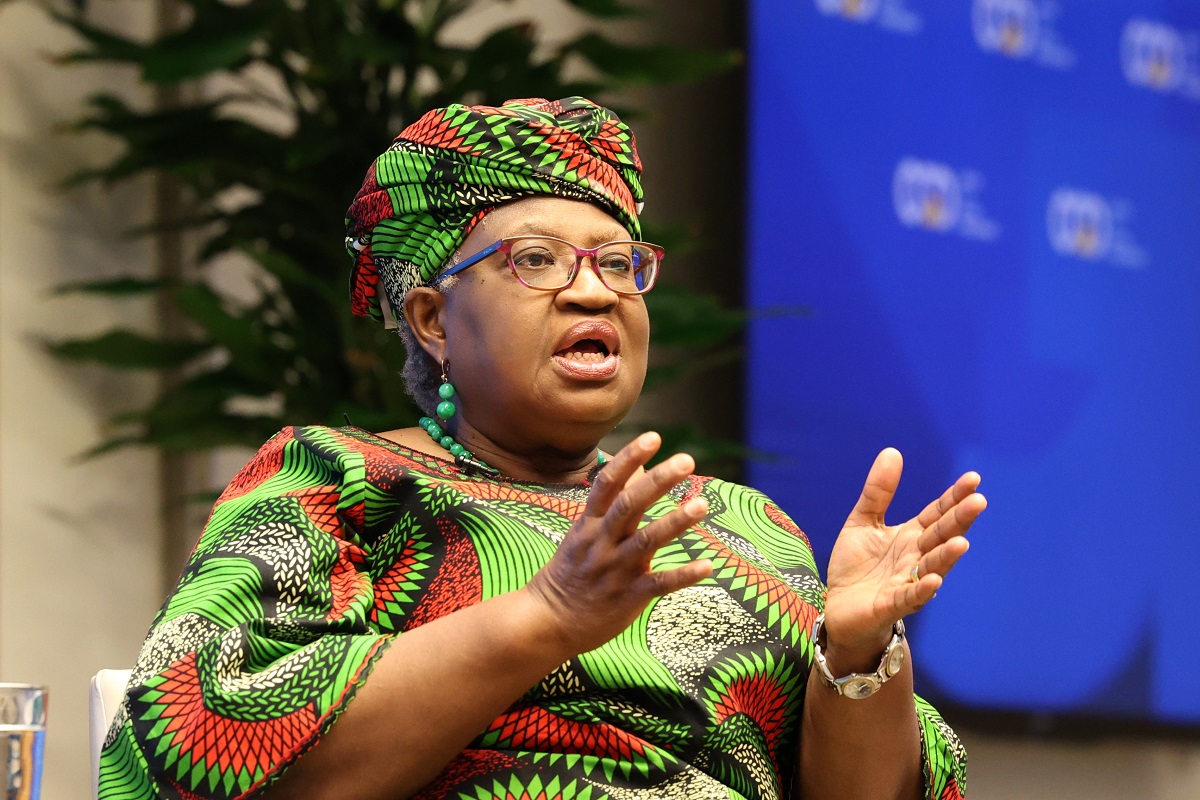After five years, capped by five days of intense, around-the-clock negotiation, trade ministers from the 12 Tran-Pacific Partnership (TPP) countries announced they had reached a deal in Atlanta Sunday night. From information available so far, it looks like there were improvements in some areas of interest for developing countries. But I still have concerns in the three areas I wrote about in July. I’ll need to see the details before I can assess the outcomes there. And my biggest concern about the TPP, TTIP, and other regional agreements remains how they affect the World Trade Organization (WTO). Most developing countries are outside these big trade deals and will have no way to protect themselves in trade if the multilateral system fades into irrelevance.
On the deal itself, here are my initial impressions, based on the summary circulated by the US Trade Representative’s office.
Potentially Positive Steps
-
The investment chapter appears to expand the space for countries to use capital controls if necessary to manage economic crises; the summary also says that it includes “strong safeguards” to prevent abusive or frivolous claims under the investor-state dispute settlement mechanism and mentions the “possible award of attorneys’ fees.” That could help poorer, smaller countries with limited resources to fight back against challenges from large multinationals with large legal teams and deep pockets.
-
The exceptions to the agreement allow parties to deny access to the investor state dispute settlement mechanism for claims relating to tobacco control measures. This would shield policies such as Australia’s plain packaging law for cigarettes, which was challenged by Philip Morris as a violation of an investment agreement between Australia and Hong Kong.
-
The parties agreed to eliminate some agricultural subsidies, albeit only those that promote exports rather than the more ubiquitous subsidies that support domestic production. That is a symbolic step, since none of the parties directly subsidize exports, but it is the first time US negotiators have been willing to address agricultural subsidies at all in a regional trade agreement. (The summary also indicates the TPP partners agreed to work together at the World Trade Organization to develop disciplines on export competition more broadly.)
- There is potentially far more important language on subsidies in the environmental chapter, where the summary says the parties will “prohibit some of the most harmful fisheries subsidies … and make best efforts to refrain from introducing new subsidies that contribute to overfishing.” That could have significant impact in the region, given that Japan is a party, and will hopefully spur the discussion on fishery subsidies at the WTO. The summary also says that the parties will promote sustainable forest management, though it doesn’t say how, and that they will combat wildlife trafficking. The environmental chapter seems to go far beyond what has been in previous US trade agreements.
Rhetoric or Reality?
For what I believe is the first time in a US preferential trade agreement, there is a separate development chapter. The summary says there will be a development committee but only specifies that the committee will “meet regularly to promote voluntary cooperative work” in the areas identified (economic growth, women and growth, and science, technology, and innovation). There is also a chapter on cooperation and capacity building, with yet another committee to review areas where these activities could be helpful, “subject to the availability of resources.” Maybe I’m being too cynical, but it sounds like jobs for bureaucrats and lots of talk with little action.
Lingering Concerns
-
Australia, Chile, and Peru seem to have hung tough on just five years of market exclusivity for new biologic drugs, but there is not much information on what the reported 5+3 compromise really means. We also don’t know the specifics of any other WTO+ rules on intellectual property, or how much and what kind of flexibility developing-country partners will have to implement them.
-
The summary reports the parties agreed to “eliminate tariffs on textiles and apparel.” But, as expected, there is a restrictive rule of origin that limits the use of fabric and other inputs from outside the region, thereby raising production costs for Vietnam and other exporters. Depending on the details, the rule could make compliance so expensive that exporters are unable to take advantage of the reduction in import tariffs.
- To the degree that Vietnam and other apparel exporters do get improved access, it could be at the expense of Bangladesh, Cambodia, and Nepal unless the United States moves to provide duty-free, quota-free market access for all least developed countries, as the other high-income parties to the TPP have done.
Finally, how will the deal impact the multilateral system? Will a successful TPP negotiation spur countries on the outside to increase their efforts to bring things back to the WTO? Or will it encourage US negotiators to turn away from the WTO and focus on the Transatlantic Trade and Investment Partnership? We should get an indication of that when WTO ministers meet in Nairobi in December and, unfortuately, I’m not optimistic.
Disclaimer
CGD blog posts reflect the views of the authors, drawing on prior research and experience in their areas of expertise. CGD is a nonpartisan, independent organization and does not take institutional positions.





